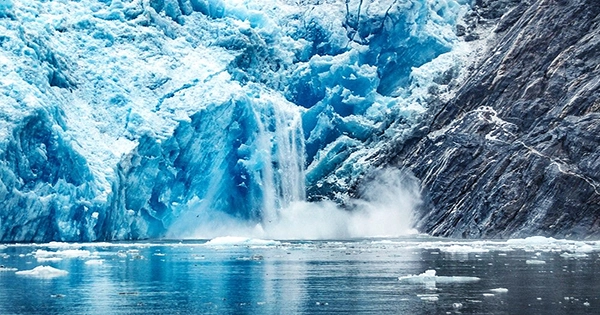We have only begun to scrape the surface of the microbial world as about 1,000 different species of bacteria, hundreds of which are brand-new to science, have been discovered in the glaciers of the Tibetan Plateau. These latest discoveries, however, also raise fresh worries about the discharge of possible viruses into the two most populous nations in the world, as climate change threatens this priceless habitat.
According to a study published in the journal Nature Biotechnology, between 2016 and 2020, researchers from the University Of Chinese Academy of Science collected surface snow, ice, and other samples from 21 Tibetan glaciers. They found 968 species of bacteria, about 82 percent of which had never been identified before. It was originally believed that glaciers were too harsh to support a diverse range of species, but more recent research has proven that this is not the case. Researchers described a number of viruses in glacial ice that was 15,000 years old last year that were unlike anything they had ever seen.
The biggest source of fresh water on Earth, glaciers and ice sheets cover around 10% of the planet’s surface. Understanding the bacteria that live here is considerably more important than just being a matter of scientific interest. The authors of the new study are concerned about how the warmer temperatures brought on by climate change are melting the Tibetan Plateau’s glaciers more and more rapidly. They worry that the many microorganisms that have thrived on the Tibetan Plateau for millennia may soon find themselves swept downstream by melted glacier water and finding new homes.
“Modern and ancient dangerous microorganisms trapped in ice have the potential to cause local epidemics and perhaps pandemics […] According to the study, these microbes “may harbor unique virulence factors that render plants, animals, and people susceptible.” Additionally, mobile genetic elements can spread virulence factors horizontally within a microbial population. Potential health hazards must be assessed because of the potentially harmful interaction between current microbes and glaciers.
The Tibetan Plateau is located in a crucial yet vulnerable location in the world, which makes the situation even direr. It is the source of some of the world’s biggest rivers, including the Yangtze, the Yellow River, the Ganges River, and the Brahmaputra River, and is referred to as the “water tower of Asia.” It might be disastrous if a harmful microbe established itself here.
The two most populous nations in the world, China and India, might be impacted by the discharge of potentially dangerous microorganisms, the study’s author’s note. For the time being, these are only very early warnings, but the researchers believe their latest findings emphasize the urgent need to assess any potential health hazards associated with glacier melting.















